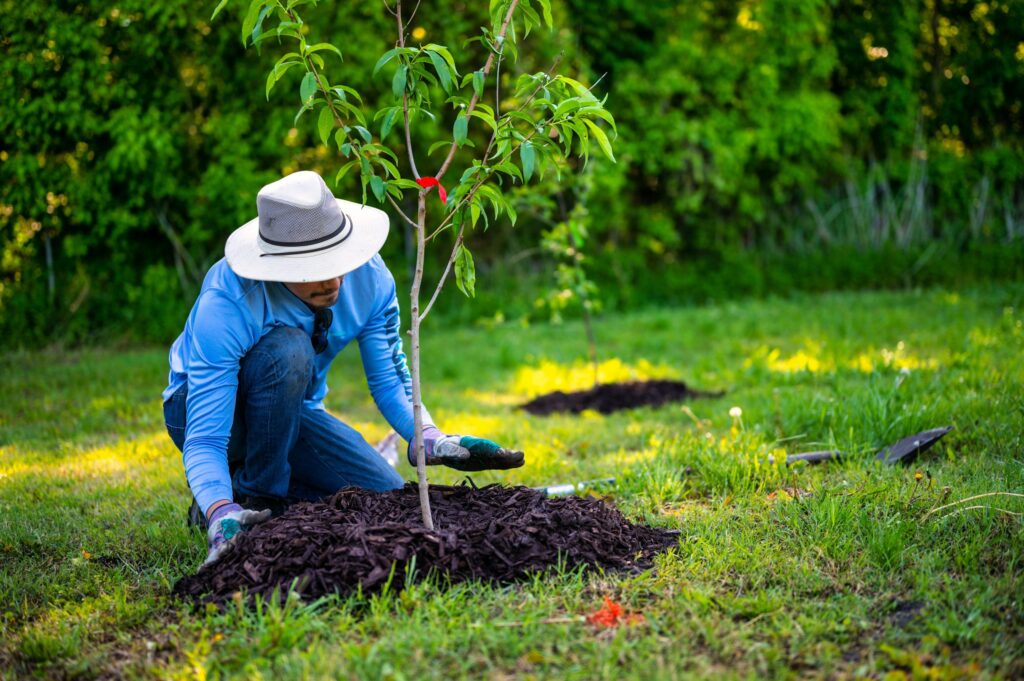In the vast tapestry of our urban and rural landscapes, trees stand as silent sentinels, providing beauty, shade, and ecological balance. Yet, these majestic beings require care and attention to thrive in our ever-changing environment. Tree maintenance, a blend of horticultural knowledge, environmental stewardship, and technical skill, is crucial for ensuring the health, safety, and longevity of our arboreal companions. This comprehensive guide delves into the world of tree maintenance, exploring its intricacies, methodologies, and the myriad benefits of professional care.
What is Tree Maintenance?
Tree maintenance encompasses a range of practices and techniques designed to preserve the health, aesthetics, and structural integrity of trees. It’s a proactive approach to tree care that goes beyond mere aesthetics, focusing on the overall well-being and longevity of trees in various settings, from urban streets to rural forests.
Key components of tree maintenance include:
- Pruning: Selective removal of branches to improve structure, health, and appearance.
- Health Assessment: Regular evaluation of tree health, including disease and pest detection.
- Soil Management: Ensuring proper soil conditions for optimal tree growth.
- Nutrition: Providing necessary nutrients through fertilization when needed.
- Protection: Safeguarding trees from environmental stressors and human activities.
- Risk Assessment: Evaluating potential hazards posed by trees in urban environments.
- Emergency Care: Responding to storm damage or other urgent tree-related issues.
How Does Tree Maintenance Work?
Tree maintenance is a systematic process that combines scientific knowledge with practical skills. Here’s an overview of how it typically works:
- Initial Assessment:
- Arborists conduct a thorough evaluation of the tree’s overall health.
- This includes examining the trunk, branches, leaves, and root area.
- Advanced techniques like sonic tomography may be used to assess internal tree health.
- Diagnosis:
- Any issues identified during the assessment are diagnosed.
- This could include diseases, pest infestations, structural weaknesses, or environmental stressors.
- Treatment Plan Development:
- Based on the diagnosis, a customized treatment plan is created.
- This plan outlines necessary interventions, timelines, and expected outcomes.
- Pruning and Trimming:
- Dead, diseased, or problematic branches are removed.
- The tree’s crown is shaped to promote healthy growth and structural integrity.
- Specialized techniques like crown thinning or reduction may be employed.
- Disease and Pest Management:
- If present, diseases or pests are treated using appropriate methods.
- This may include targeted pesticide application or biological control methods.
- Soil Care:
- The soil around the tree is analyzed and improved if necessary.
- This might involve aeration, mulching, or pH adjustment.
- Fertilization:
- If needed, trees are fertilized to address nutrient deficiencies.
- Slow-release fertilizers or organic options may be used for sustainable nutrition.
- Structural Support:
- For trees with weak structures, cabling or bracing might be installed.
- This helps prevent limb failure and extends the tree’s lifespan.
- Root Care:
- Root systems are assessed and treated if issues are found.
- This may include root pruning, barrier installation, or soil decompaction.
- Ongoing Monitoring:
- Regular check-ups are scheduled to monitor the tree’s response to treatment.
- Adjustments to the care plan are made as needed.
- Emergency Response:
- In cases of storm damage or sudden tree failure, rapid response services are provided.
- This includes safe removal of damaged limbs or entire trees if necessary.
- Record Keeping:
- Detailed records of all maintenance activities are maintained.
- This historical data informs future care decisions and tracks the tree’s long-term health.
Benefits of Seeking Tree Maintenance Services
Engaging professional tree maintenance services offers numerous advantages:
- Enhanced Tree Health:
- Regular maintenance helps identify and address health issues early.
- Proper care promotes vigorous growth and increased resistance to diseases and pests.
- Improved Safety:
- Dead or weak branches that pose a risk are removed.
- Regular assessments help prevent unexpected tree or limb failures.
- Increased Property Value:
- Well-maintained trees enhance the aesthetic appeal of properties.
- Healthy, mature trees can significantly increase real estate values.
- Extended Tree Lifespan:
- Proper care can substantially extend a tree’s life expectancy.
- This is particularly important for heritage or significant trees.
- Cost Savings:
- Regular maintenance prevents costly emergency tree work.
- It’s often less expensive to maintain a tree than to remove and replace it.
- Environmental Benefits:
- Healthy trees are more effective at carbon sequestration.
- They provide better air purification and contribute more to local ecosystems.
- Improved Fruit Production:
- For fruit-bearing trees, proper maintenance can increase yield and fruit quality.
- Structural Integrity:
- Professional pruning helps trees develop strong structures.
- This reduces the risk of damage during storms or high winds.
- Pest and Disease Control:
- Regular inspections catch pest infestations or diseases early.
- Prompt treatment prevents issues from spreading to other trees.
- Energy Savings:
- Well-maintained trees provide optimal shade, reducing cooling costs in summer.
- Proper placement and pruning can also reduce heating costs in winter.
- Legal Compliance:
- Professional maintenance ensures compliance with local regulations regarding tree care.
- This is particularly important in urban areas with strict tree protection laws.
- Expertise and Equipment:
- Professional services have access to specialized equipment and techniques.
- Trained arborists possess the knowledge to make informed care decisions.
- Customized Care:
- Professional services tailor maintenance plans to individual trees and sites.
- This personalized approach ensures each tree receives optimal care.
- Wildlife Habitat Preservation:
- Proper tree maintenance preserves trees as habitats for local wildlife.
- Careful pruning can enhance a tree’s value as a wildlife resource.
- Stress Reduction:
- Well-maintained trees are better equipped to handle environmental stressors.
- This includes drought, urban pollution, and climate change impacts.
Conclusion
Tree maintenance is far more than a mere landscaping task; it’s a vital practice that bridges the gap between urban development and natural ecosystems. As our cities grow and our climate changes, the role of professional tree maintenance becomes increasingly crucial. It’s not just about keeping trees alive; it’s about ensuring they thrive and continue to provide the myriad benefits we often take for granted.
From improving air quality and reducing energy costs to enhancing property values and preserving local biodiversity, well-maintained trees are silent contributors to our quality of life. The expertise provided by professional tree maintenance services ensures that these benefits are maximized while risks are minimized.
As we look to the future, the field of tree maintenance will continue to evolve, incorporating new technologies and scientific understandings. This evolution will be crucial in addressing the challenges posed by urbanization, climate change, and emerging tree diseases and pests.
For property owners, city planners, and environmental stewards alike, investing in professional tree maintenance is an investment in the future. It’s a commitment to creating healthier, more resilient, and more beautiful environments for generations to come. In nurturing our trees, we nurture the very foundations of our ecosystems and communities, ensuring that the giants of nature continue to stand tall, strong, and vital in our world.

